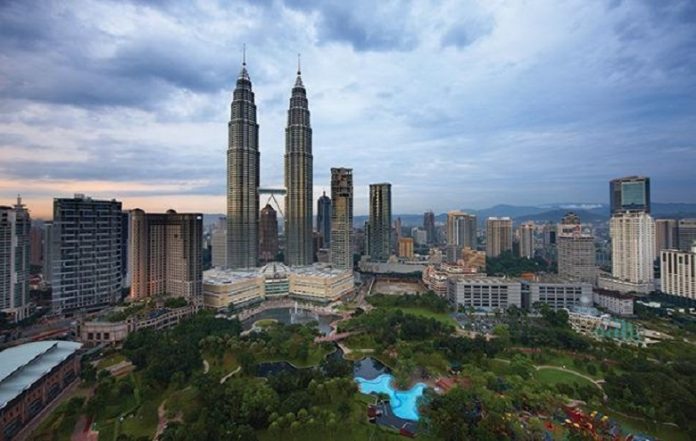The stringent lockdowns and social distancing norms due to COVID-19 have severely disrupted the construction industry across South and South-East Asia. Consequently, the industry is expected to contract by 8.5% in 2020 in the region. However, assuming that a widespread second wave of infections is avoided, output will rise sharply in 2021 because of the low base effect and as well as the underlying potential for growth in the region given the rising middle class population, and investment in housing and infrastructure, says GlobalData, a leading data and analytics company.
The slump in the output is reflected in the unprecedented sharp contraction in the second quarter in countries such as Singapore (59.3%), India (50.3%), Malaysia (44.5%) and the Philippines (33.5%).
However, industrial construction could benefit indirectly from the COVID-19 crisis in the medium to long-term period, as the industrialized countries seek to diversify their supply chain away from China. South and South-East Asia provides an attractive alternative with low labor costs as well as a large captive market in the form of an expanding middle class population.
Dhananjay Sharma, Construction Analyst at GlobalData, comments: “Infrastructure is expected to be a key growth driver in 2021 and beyond as governments across the region look at investments in infrastructure to stimulate the economy and create jobs. This would be aided by in Chinese investments in Belt and Road Initiative (BRI) projects in the South and South-East Asia region, which will support infrastructure growth in Pakistan, Bangladesh as well as ASEAN members including Myanmar, Vietnam, Malaysia and Indonesia. Increasing investments in renewable energy projects and in 5G infrastructure would also support growth over the medium to long-term.”
The residential market was weak in several countries in the region even prior to the COVID-19 outbreak, but the pandemic and the subsequent lockdowns have worsened the situation. The sector will continue to struggle as economic activity weakens, remittances decline and unemployment rises. Unsold inventories will further put pressure as developers would hold off or cancel projects in the short-term.
Nevertheless, over the medium to long-term period, the rising middle-class population will create demand for housing, which would drive growth in the residential market with support by the respective governments for affordable housing segment.
The commercial sector is expected to be severely affected by the virus outbreak. Investments in the commercial market are expected to be cancelled or pushed back reflecting the collapse in the travel and tourism industry.
Sharma concludes: “The industrial sector is expected to suffer in the short-term, affected by the temporary shutdown of the production units of various companies across the region. This will affect the investments as companies could cut back on their expansion plans. However, in the long-term, the industrial construction segment is likely to benefit from the US-China trade war as well as the move to diversify supply chain from China following the disruption in early 2020.”
Source: GlobalData








































